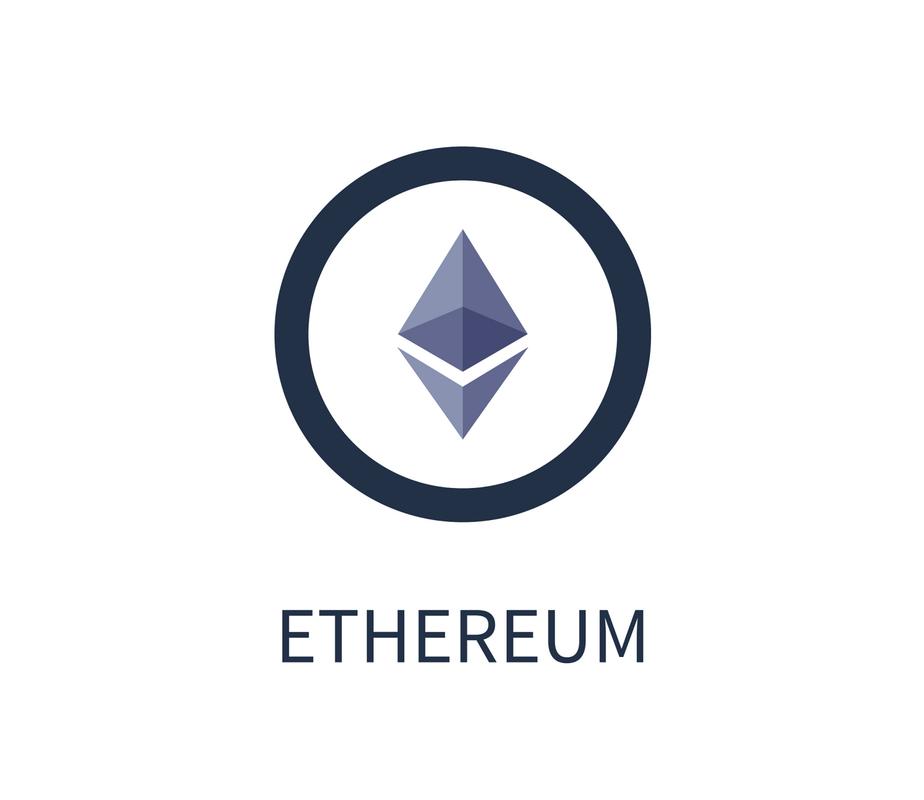
Understanding the Impact of Ethereum Network Congestion
Have you ever experienced delays in your Ethereum transactions? If so, you’re not alone. The Ethereum network has been facing congestion issues that have affected the speed and cost of transactions. In this article, we’ll delve into the reasons behind this congestion and explore its implications on the Ethereum ecosystem.
What is Ethereum Network Congestion?
Ethereum network congestion refers to the situation where the network is experiencing a high volume of transactions, leading to delays in processing and increased transaction fees. This congestion is primarily caused by the increasing popularity of Ethereum and the growing number of decentralized applications (dApps) built on the platform.

Reasons for Ethereum Network Congestion
There are several factors contributing to the Ethereum network congestion:
-
High Transaction Volume: As more users and dApps join the Ethereum network, the number of transactions increases, leading to congestion.
-
Smart Contract Execution: Ethereum’s smart contracts require computational resources, which can lead to delays when multiple contracts are executed simultaneously.
-
Network Scalability: Ethereum’s current scalability limitations, such as the lack of sharding and the high gas fees, contribute to network congestion.

-
Layer 2 Solutions: The rise of layer 2 solutions, such as Optimism and Arbitrum, has led to increased activity on the Ethereum mainnet, exacerbating congestion.
Implications of Ethereum Network Congestion
The Ethereum network congestion has several implications for users and developers:
-
Increased Transaction Fees: As the network becomes more congested, transaction fees tend to rise, making it more expensive for users to send and receive Ethereum.
-
Transaction Delays: Users may experience significant delays in the confirmation of their transactions, leading to frustration and inconvenience.
-
Decentralized Applications (dApps) Performance: dApps built on Ethereum may suffer from slow performance and increased costs due to network congestion.
-
Adoption Challenges: High transaction fees and delays can deter potential users from adopting Ethereum-based services.
Addressing Ethereum Network Congestion
Several measures are being taken to address the Ethereum network congestion:
-
Ethereum 2.0: The Ethereum 2.0 upgrade aims to improve the network’s scalability and reduce congestion by implementing sharding and a proof-of-stake consensus mechanism.
-
Layer 2 Solutions: Developers are working on various layer 2 solutions to offload transactions from the mainnet, reducing congestion and lowering fees.
-
Optimizing Smart Contracts: Developers are optimizing their smart contracts to reduce computational requirements and improve performance.
-
Network Improvements: Ethereum Foundation and other stakeholders are continuously working on improving the network infrastructure to handle higher transaction volumes.
Table: Ethereum Network Congestion Statistics
| Parameter | Value |
|---|---|
| Number of Transactions per Day | ~1.2 million |
| Average Transaction Fee (in USD) | $2.50 – $5.00 |
| Transaction Confirmation Time (in minutes) | 10 – 30 |
As the Ethereum network continues to grow, addressing network congestion remains a top priority for the Ethereum community. By implementing the aforementioned solutions and continuously improving the network infrastructure, Ethereum can overcome these challenges and maintain its position as a leading blockchain platform.




